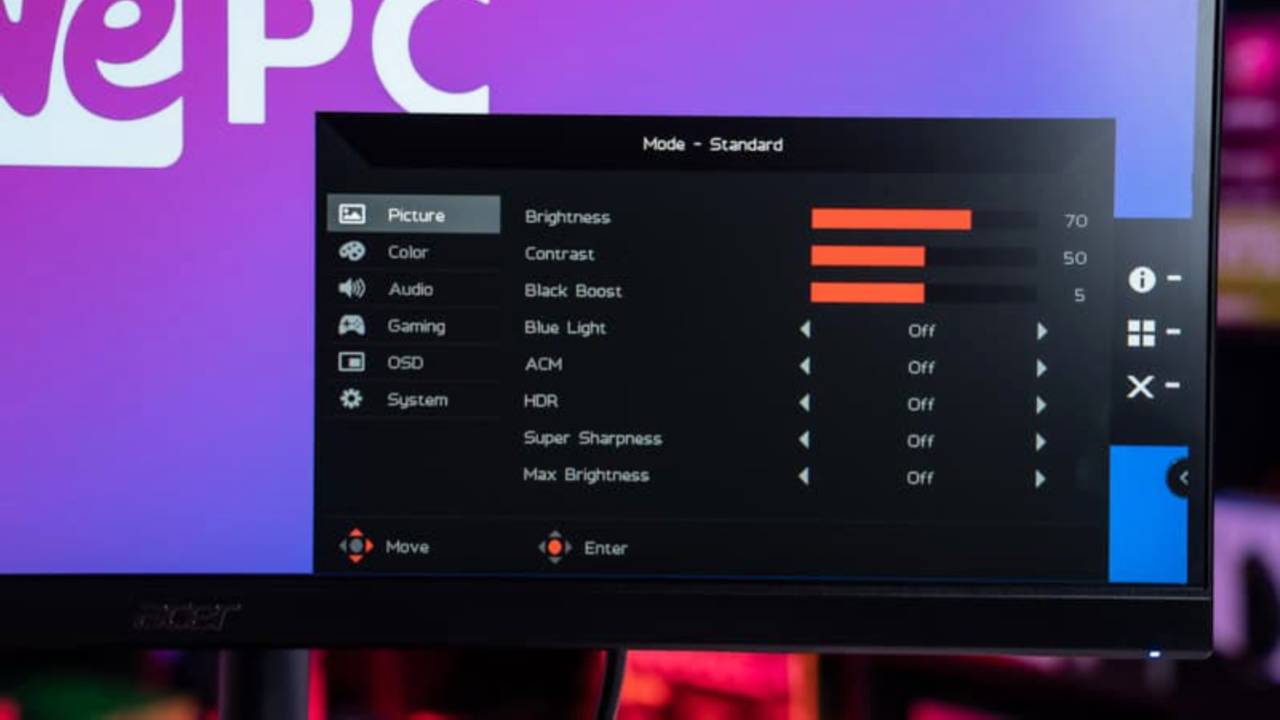

AMD have just updated their FreeSync tiers
Updated: Mar 8, 2024 12:12 pm
WePC is reader-supported. When you buy through links on our site, we may earn an affiliate commission. Prices subject to change. Learn more
Table of Contents
Table of Contents
AMD is updating their minimum requirements for manufacturers to qualify for FreeSync, with 144Hz being the new baseline for 1080p and 1440p monitors. This, in theory, should lift up the standard of budget gaming monitors, at least in terms of refresh rate.
Luckily this change only applies to new monitors getting FreeSync certification, so your current FreeSync display is safe. But it at least gives you a great reason to seek a high refresh rate display when the time comes to upgrade (possibly right now?). If you’re still on a 60Hz panel, then it seems like a positive change for the most part.
New tier requirements for AMD FreeSync
AMD FreeSync was first introduced back in 2015, when high refresh rate monitors were much more for enthusiasts. Now they’ve become closer to essential for gamers in most scenarios. What AMD is doing here is trying to up the standards for monitors, encouraging more brands to focus on 144Hz+ for 1080p and 1440p monitors at the 16:9 aspect ratio.
TierNotebooks – maximum refresh rateMonitors & TVs – maximum refresh rateExampleFreeSyncRefresh Rate: 40-60 Hz< 3440 Horizontal resolution:Maximum Refresh Rate: ≥ 144 Hz1080p & 1440p @ 16:9FreeSync PremiumMaximum Refresh Rate: ≥ 120 Hz< 3440 Horizontal resolution:Max. Refresh Rate: ≥ 200 Hz≥ 3440 Horizontal resolution:Max. Refresh Rate: ≥ 120 Hz1080p & 1440p @ 16:921:9 1440p & 4K or higherFreeSync Premium ProSame requirements as Premium, plus AMD FreeSync HDRSame requirements as Premium, plus AMD FreeSync HDR
To summarize the above, monitors with below 3440 horizontal resolution need to support up to at least 144Hz to qualify for AMD FreeSync certification. This covers 1080p and 1440p displays, excluding ultrawide gaming monitors in the case of the latter.
Qualifying for FreeSync Premium at the same resolution requires at least 200Hz, though ultrawide monitors at (or above) 3440 horizontal will still qualify with 120Hz. For Premium Pro, it’s the very same, yet with HDR support as well.
As you can see above, laptops can stick to 60Hz and still benefit from FreeSync, but at least 120Hz is required for Premium. If you want to read more, you can do so on the official AMD blog post.
Is it time to upgrade?
If you’re using a 60Hz monitor for gaming, you’re likely not getting the best experience you can, certainly if your gaming PC is capable of producing over 60 FPS in the games you play. A smooth refresh rate is recommended, but it may have been outside of your price range.
The fact that AMD is now lifting the requirement of FreeSync to start at 144Hz for 1080p and 1440p models at 16:9 says to us that more budget gaming monitors will try and reach this standard. Especially those which are designed for mixed office/gaming use under $100 or under $150 which linger around the 75Hz-100Hz range. Hopefully this gives you reason to upgrade in once this change starts to kick in.






